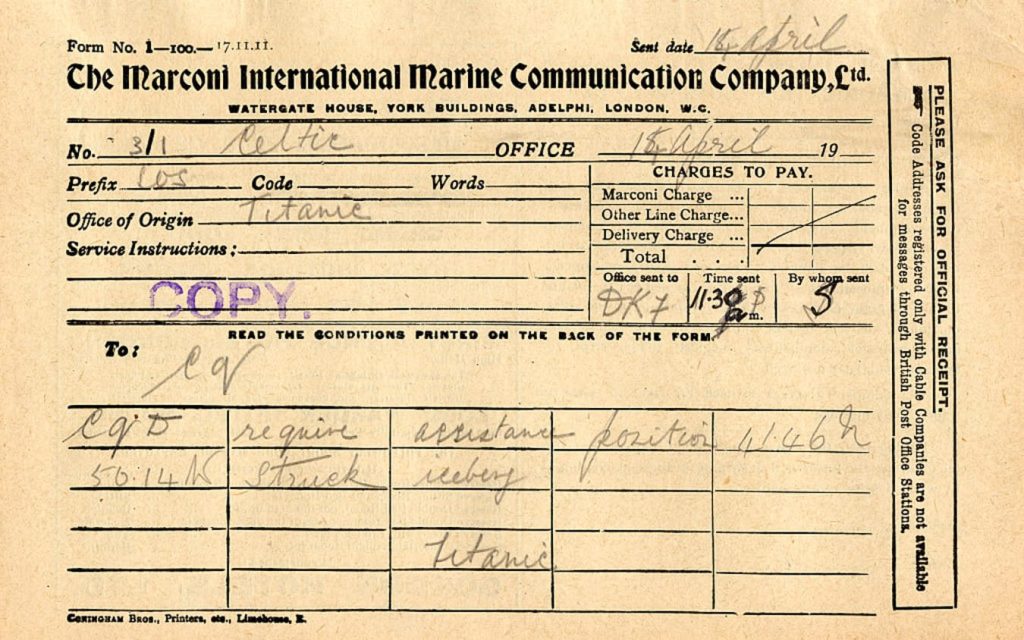You know it’s a distress signal, but what does “SOS” actually stand for? A lot of people think it’s an abbreviation for “save our souls” or “save our ship.” But those phrases are backronyms. The letters don’t actually stand for anything.
In fact, the signal isn’t even really supposed to be three individual letters. It’s just a continuous Morse code string of three dots, three dashes, and three dots all run together with no spaces or full stops (…—…). Since three dots form the letter S and three dashes form an O in International Morse Code, though, the signal came to be called “SOS” for the sake of convenience. That connection has led to the letters coming into their own as a visual distress signal divorced from Morse code, and those in need of rescue sometimes spell them out on the ground to be seen from above.
You could also break down the string into the Morse code equivalents of IJS, SMB, and VTB if you wanted to.
Read more: Neuroscientist Claims 3 Common Foods Could Contain Parasites that Can Cross into Your Brain
The Logic Behind “SOS”
So why use that specific string of dots and dashes if there’s no meaning to it? Because it was the best way to get the job done.

When wireless radiotelegraph machines first made their way onto ships around the turn of the 20th century, sailors in danger needed a way to attract attention, signal distress, and ask for help. They needed a unique signal that would transmit clearly and quickly and wouldn’t be confused for other communications. At first, different organizations and countries had their own “in-house” distress signals. The U.S. Navy used “NC,” which was the maritime flag signal for distress from the International Code of Signals. The Marconi Company, which leased its equipment and telegraph operators to various ships, used “CQD.” The “German Regulations for the Control of Spark Telegraphy” of 1905 mandated that all German operators use “…—…”.
Having these multiple distress signals was confusing and potentially dangerous. It meant that a ship in distress in foreign waters had a language barrier to overcome with would-be rescuers, even if using International Morse Code. Because of this and other issues, various countries decided to get together and discuss the idea of laying down some international regulations for radiotelegraph communications. In 1906, the International Wireless Telegraph Convention convened in Berlin, and delegates attempted to establish an international standard distress call. Marconi’s “-.-.–.–..”, and “………-..-..-..” (“SSSDDD”), which Italy had proposed at a previous conference, were deemed too cumbersome. Germany’s “…—…”, though, could be sent quickly and easily and was hard to misinterpret. It was chosen as the international distress signal for the nations who met at the conference, and went into effect on July 1, 1908.
Getting on Board with “SOS”

The first recorded use of “SOS” as a distress signal occurred just over a year later, in August 1909. The wireless operators on the SS Arapahoe sent the signal when the ship was disabled by a broken propeller off the coast of Cape Hatteras, North Carolina.
Not everyone got on board with the new standard as quickly, though. The Marconi Company was particularly reluctant to give up on “CQD.” The Marconi operators on board the Titanic initially just sent that signal after the ship struck an iceberg, until another operator suggested they try the new “SOS” signal, too.
A version of this story ran in 2012; it has been updated for 2023.
Read more: People Shocked After Realizing Why There are No Skeletons on the Titanic

